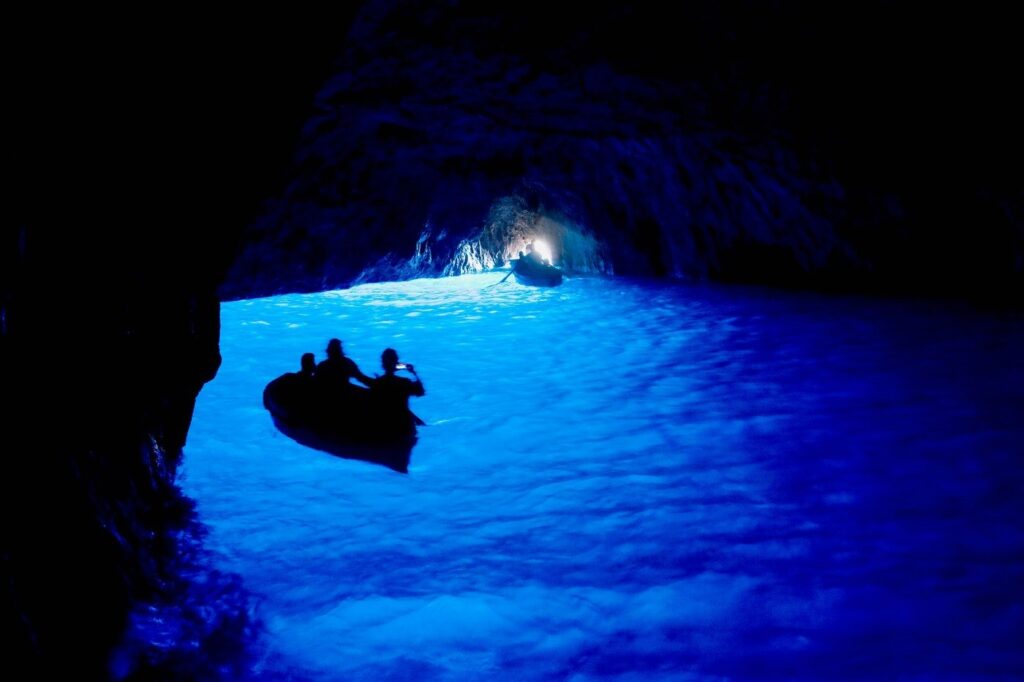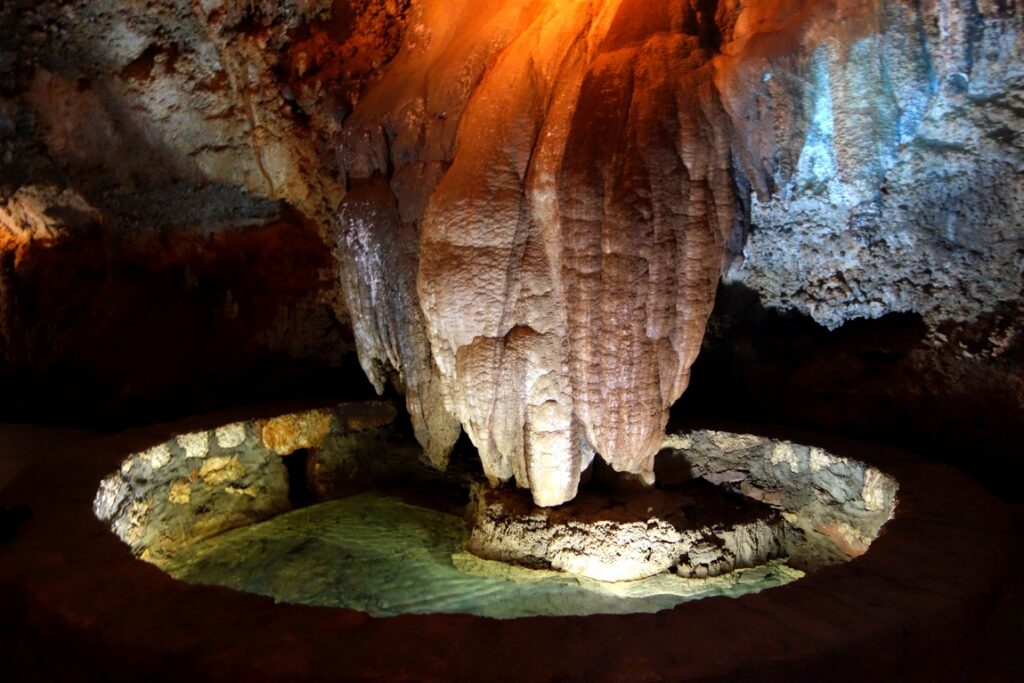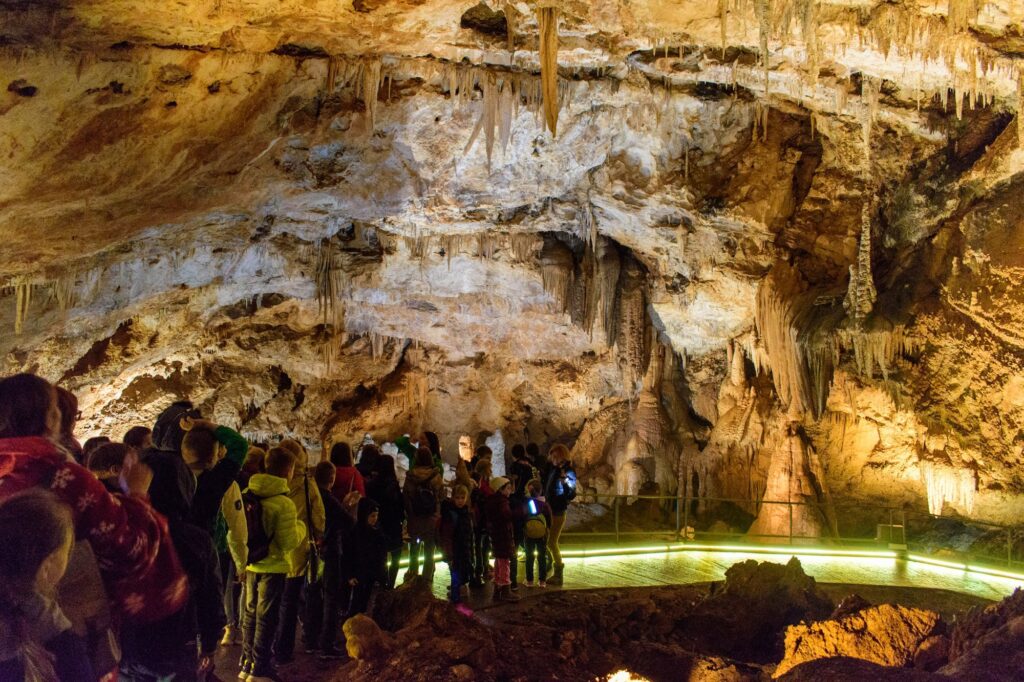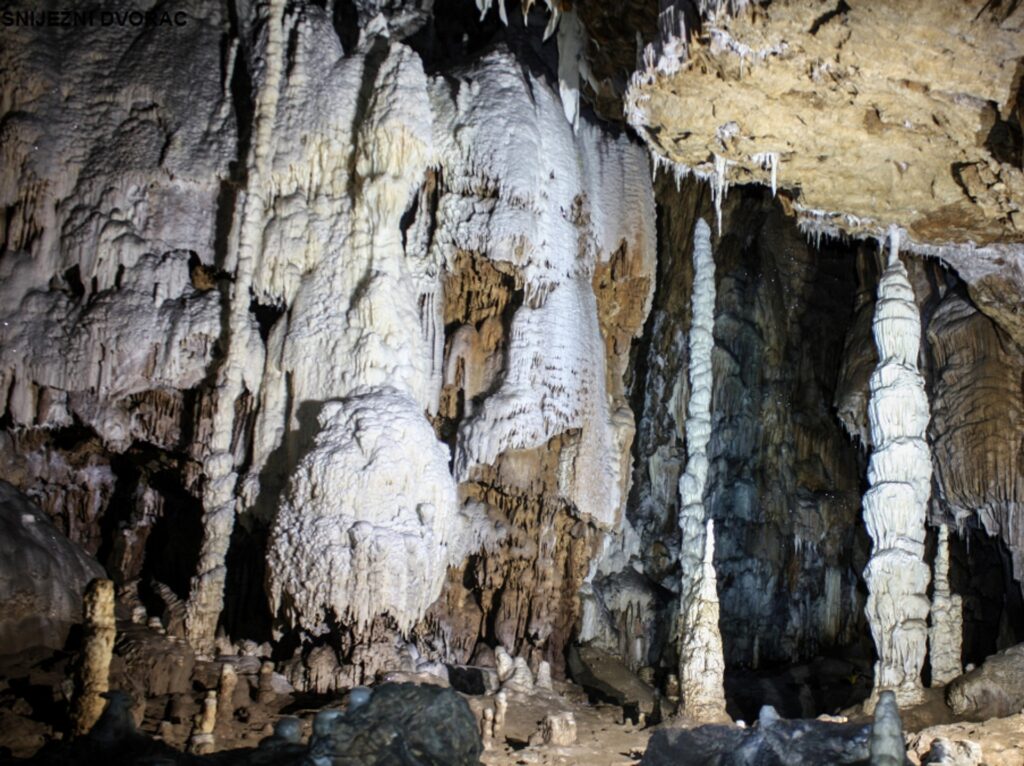underground miracle of Montenegro caves
Nestled amidst the rugged mountains and pristine coastlines of underground miracle of Montenegro caves, the caves of this Balkan nation present a captivating world that remains largely uncharted by the average tourist. These subterranean wonders, often referred to as the “underground miracles” of Montenegro, showcase nature’s craftsmanship over countless millennia.
The caves of Montenegro have carved out a niche in the heart of explorers, both for their breathtaking beauty and the mysteries they enshroud. Their formation, a result of the persistent action of water on limestone, has led to a myriad of tunnels, chambers, and unique rock formations. Among the many caves that dot the Montenegrin landscape, some stand out for their historical and scientific significance.
From the echoing chambers that have borne witness to ancient civilizations to the sparkling stalactites and stalagmites that resemble nature’s own art gallery, the caves offer a glimpse into a world that has evolved in isolation from the surface. These hidden pockets beneath the earth’s surface are not just geological wonders but are also rich in biodiversity, housing many species that are yet to be studied in detail.
In recent years, the recognition of the potential of these caves for tourism has been growing. The allure of spelunking and the chance to stand in the very chambers that have been shaped over eons are drawing more and more visitors. The significance of underground miracle of Montenegro caves, however, goes beyond tourism. They are crucial markers for understanding the region’s geological history and the various climatic changes it has undergone.
In conclusion, the caves of Montenegro, with their intricate passages and grand chambers, are a testament to nature’s power and artistry. A visit to these underground realms promises not only a visual feast but also a journey back in time, understanding the earth’s evolution and Montenegro’s place in it. For those willing to step off the beaten path, the caves await, ready to reveal their secrets.

formation of Montenegro's caves
Montenegro, a gem of the Balkans, is not only known for its majestic mountains and pristine coastline but also for its subterranean wonders. The caves of Montenegro are testimony to the region’s dynamic geological past and the ancient civilizations that once thrived here.
Many millennia ago, the areas surrounding the caves of Montenegro served as a refuge for early humans. The consistent temperatures and protection from predators made these underground systems ideal dwelling places. Archaeological excavations within some of these caves have unveiled remnants of ancient tools, pottery, and even prehistoric art, suggesting that they were once bustling centers of activity.
The formation of Montenegro’s caves is as fascinating as their history. Driven by tectonic movements and the power of water over limestone, the karstic landscape of Montenegro began to morph. Over time, as rainwater, enriched with carbon dioxide, trickled down and dissolved the limestone, it carved out intricate passageways, chambers, and cavities. This process, spanning millions of years, resulted in the magnificent caves that we see today.
Today, the formation of Montenegro’s caves serve as a window into the past, both in terms of geological evolution and human history. Exploring them, one cannot help but marvel at nature’s craftsmanship and feel a deep connection with our ancestors who once called these caves home.
From Blue Grotto’s sparkling waters to the mysterious depths of Lipa Cave, each cavern tells a unique tale of time and transformation. They stand as a testament to the relentless forces of nature and the adaptability of mankind. In essence, the caves of Montenegro beautifully encapsulate the harmony between man and nature, history, and geology

famous caves of Montenegro
The captivating landscapes of Montenegro are not limited to its mountainous terrains and azure coastlines. Beneath the ground, a hidden world of wonder beckons – the famous caves of Montenegro. These subterranean treasures hold within them tales of ancient times, geological marvels, and breathtaking beauty.
One of the most renowned caves in the region is the Blue Cave near Herceg Novi. As its name suggests, this aquatic grotto is famous for the mesmerizing blue light that illuminates its interior. Sunlight reflecting off the cave’s sandy bottom creates a surreal, azure glow, enchanting every visitor fortunate enough to witness this natural phenomenon.
Further inland, the Lipa Cave near Cetinje takes explorers on a journey through time. With its vast chambers adorned with stalactites and stalagmites, this cave showcases the slow yet powerful handiwork of nature. The cool air, the echoing drips, and the intricate rock formations transport visitors to an entirely different realm.
But what sets the famous caves of Montenegro apart are their diverse characteristics. While some caves are aquatic paradises, others boast of vast underground labyrinths. Some are accessible to casual visitors, while others remain a challenge for even seasoned spelunkers.
In studying these caves, one realizes that they are not just holes in the ground. They are living, evolving entities. Each drop of water that trickles down, every ray of light that sneaks in, continues to shape and mold their character. The caves of Montenegro, in their silent beauty, echo the intricate dance of nature and time.
For those seeking an adventure that combines history, geology, and unparalleled beauty, the caves of Montenegro offer an unforgettable experience. They stand as silent witnesses to the ages gone by and serve as a reminder of the wonders that lie just beneath our feet.

Montenegro's renowned caves distinctive features
Montenegro, often celebrated for its coastal beauty and mountain vistas, harbors secret wonders beneath its surface. The caves of Montenegro, hidden beneath its verdant landscapes, offer intriguing insights into the nation’s geology and prehistoric past.
The renowned Lipa Cave, located near the old royal capital of Cetinje, is a testament to nature’s artistry. As one ventures deeper, the cave reveals a labyrinth of chambers, each adorned with intricate stalactites and stalagmites. The play of light and shadow within this subterranean wonder casts an ethereal glow, making every twist and turn an enchanting experience.
Not far from the coastal town of Herceg Novi, the Blue Cave is another of Montenegro’s underground jewels. Known for its azure luminescence, the cave’s waters shimmer with a surreal light. This phenomenon, a result of sunlight reflecting off its white sandy floor, offers a magical spectacle, capturing the essence of Montenegro’s hidden marvels.
Yet, what makes the Montenegro’s renowned caves distinctive features truly captivating is their rich diversity. From vast underwater grottoes to dry caverns echoing with history, each cave tells its unique story. They are windows into the earth’s past, unveiling layers of history, from ancient inhabitants to the slow sculpting powers of water and time.
In conclusion, Montenegro’s renowned caves distinctive features are not just geological formations; they are chronicles of nature’s persistence and evolution. For explorers and enthusiasts alike, these subterranean realms promise an adventure of discovery and wonder. They stand as a testament to Montenegro’s diverse natural heritage, waiting to unveil their mysteries to those willing to venture beneath the surface.

biodiversity of Montenegro's caves
Beneath the rugged landscapes of biodiversity of Montenegro’s caves lie subterranean realms that teem with life and whisper ancient tales. The caves of Montenegro are more than just geological wonders; they are sanctuaries of biodiversity and storerooms of folklore and myths.
Venturing into these hidden chambers, one encounters a unique ecosystem. Many of the caves harbor species of creatures that have evolved and adapted to life in darkness, away from the world above. Rare bats, blind cave salamanders, and delicate troglobitic insects call these underground mazes home. The isolation and specific conditions of each cave have led to the evolution of species found nowhere else on Earth, making the caves of Montenegro a treasure trove for biologists and researchers.
But beyond the science and biology lies a world rich in tales and legends. Many local stories have their roots in these mysterious caverns. Legends speak of dragons guarding hidden treasures and ancient spirits protecting the entrances. One such tale speaks of the Djurdjevica Tara cave, where it’s believed a golden-haired fairy resides, blessing the nearby river with its pristine waters. These stories, passed down through generations, add a mystical dimension to these natural formations.
The intertwining of reality and myth in the biodiversity of Montenegro’s caves serves as a powerful reminder of how nature and culture are deeply connected. The tales of old not only provide a rich backdrop to the biological wonders but also emphasize the cultural significance of these subterranean realms.
In essence, Montenegro’s caves are a confluence of nature and legend. They encapsulate the spirit of a nation that respects its natural heritage and celebrates its storied past. For visitors and locals alike, these caves promise an exploration of the unknown, both in the biological wonders they house and the legends they inspire.

significance of Montenegro's caves
Montenegro, with its sprawling landscapes and pristine beaches, has long been a magnet for tourists. Yet, beneath its surface lies an equally captivating attraction – its intricate network of caves. These subterranean wonders, echoing the stories of ages past and brimming with unique biodiversity, play a pivotal role in both the ecological and cultural tapestry of the nation.
Ecotourism, focused on responsible travel to natural areas, is on the rise globally. Montenegro’s caves offer a prime setting for such sustainable travel experiences. Exploring these underground sanctuaries gives tourists a glimpse into the rich biodiversity of the region, from rare species adapted to the dark to unique geological formations. The significance of ecotourism lies not just in experiencing nature but in understanding the importance of conserving it. The caves of Montenegro, with their delicate ecosystems, underscore the need for conservation-oriented exploration.
Beyond the ecological value, significance of Montenegro’s caves are repositories of cultural stories and legends, deeply embedded in the nation’s heritage. They have witnessed epochs, sheltered ancient inhabitants, and inspired countless tales. Their walls, formations, and chambers resonate with the collective memory of the nation, making them invaluable for understanding the cultural evolution of Montenegro.
In promoting ecotourism centered around its caves, Montenegro not only showcases its rich biodiversity but also strengthens its cultural identity. The intertwining of nature and culture in the narratives of significance of Montenegro’s caves emphasizes their integral role in the nation’s heritage. As more tourists seek meaningful and sustainable travel experiences, the caves stand as testament to Montenegro’s commitment to preserving both its natural and cultural legacy.

